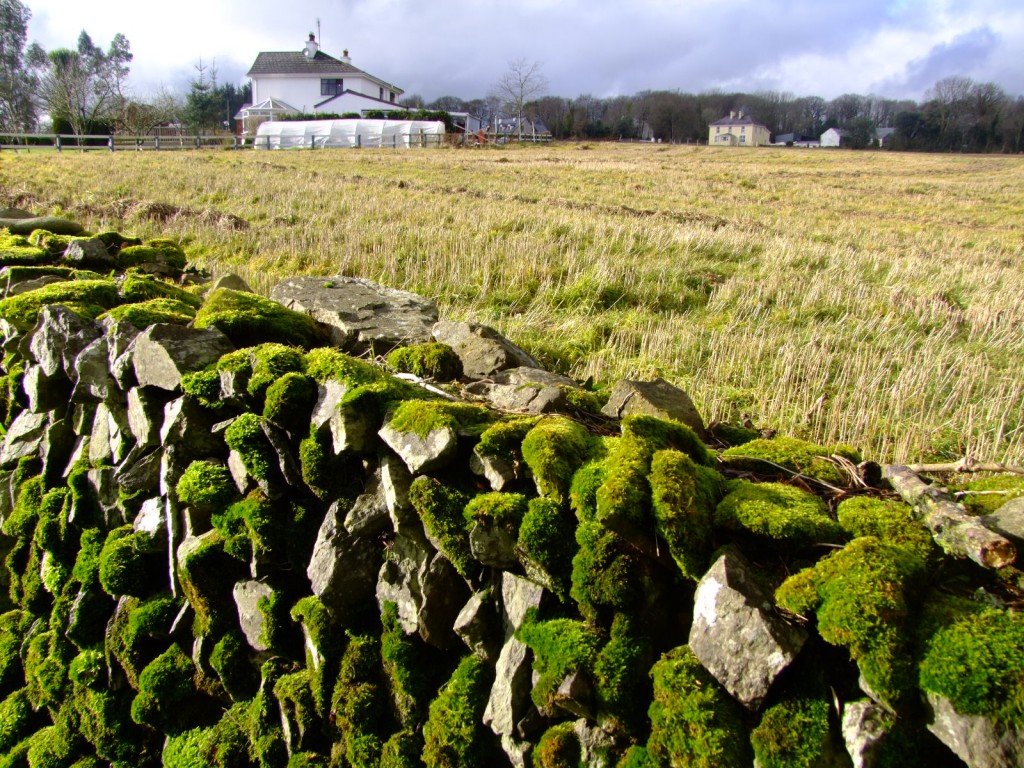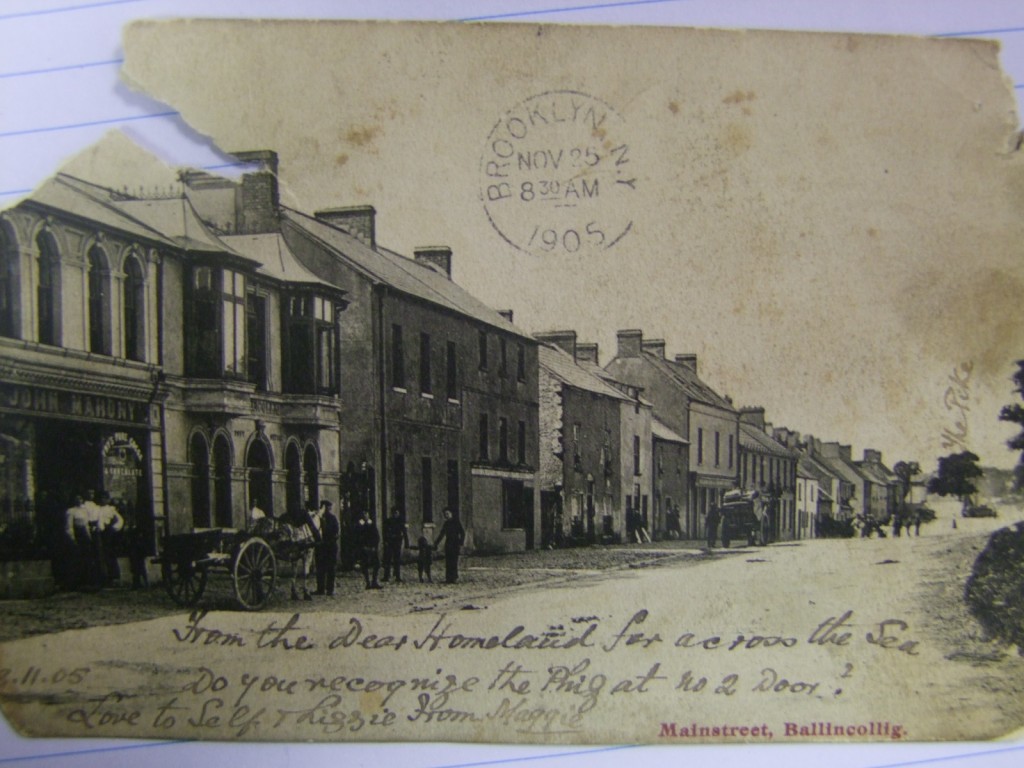
Kieran’s Our City, Our Town, Cork Independent
In the Footsteps of St. Finbarre (Part 204)
The Threads of Landscape
The notice board in the Church of St. Mary and St. John in Ballincollig highlights the importance of an upcoming parish mission. It aims to renew faith and bring the community together. However, of all the settlements I have wandered through this is one this is one that has witnessed enormous change in its community structure over the past few decades.
The prominent super-chain store such as Aldi located on the former barracks grounds has once again like the gunpowder mills connected this place to something global. However, in the mid nineteenth century, it was the gunpowder production that connected Ballincollig to the far reaches of the British empire. With Aldi, Ballincollig seems to be connected with another form of vastness and frontier building -the European Union, its complexities and its freedoms of movement of people and trade.
However, aligning the present main street in Ballincollig is architecture of the nineteenth and early twentieth centuries. This architecture echoes another time in the settlement’s history. Local historian Dermot O’Donavan has been pursuing crucial work in researching, framing and penning Ballincollig’s social history and its evolving cultural identity for the early decades of the twentieth century. Chatting to Dermot, he enjoys the recording of memories of older people, tracing the different narratives of threads people give but also in connecting Ballincollig to wider places. In one of his books, the title is aptly titled A Vanishing Village (2008) in which he interviews several of Ballincollig’s oldest residents in a bid to record memories but also to make the memories relevant to the present.
In his work Dermot uses a number of sources to build a picture of the village in the mid to late nineteenth century. Through Griffith’s Valuation in 1852, off the main street, there was Chapel Lane East and West, Chapel Street and Chapel Road. There were five dwelling houses on Chapel Road and seventeen on Chapel Street. Chapel Road was the old name for Station Road and Chapel Street is now The Square. The Chapel referred to was the old church, now the community hall, which served the parish until the Church of St Mary and St John was built in 1866.
Fast forward thirty years and Guy’s directory of County Cork and the listing of Ballincollig reveals further insights. In 1892, Ballincollig had a post, money order and telegraph office. The postmaster was John Whelan whilst the telegraphist was Miss M F O’Leary. Ballincollig was a station on the Cork and Macroom rail line. Four trains ran to and from the village to Cork daily.
Ballincollig was in the jurisdiction of the poor law union of Cork but had its own dispensary. The medical officer, Dr James Harding opened the dispensary on Monday’s, Wednesday and Fridays from 10am to 12noon.The relieving officer was John O’Sullivan of Ballynora. The petty sessions was held every fourth Monday of each month and the courthouse was located in a detached house at the East Gate. In 1892 the clerk of the petty sessions was E C Orpen of St Anne’s Hill whilst the Civil Bill Officer was Stephen Heenan. In the constabulary district of Ballincollig John E St George was District Inspector and T Strettan was the head constable. In the constabulary station, John Black was the sergeant in charge. The acting sergeant was C Collins.
Rev. Denis McCarthy was the Parish Priest at the Church of St. Mary’s and St. John assisted by Rev M Leonard CC. At the garrison chapel, the chaplain was Ven. Archdeacon Archdall who was based at St. Luke’s Church in Cork. In the national school, the head teachers were Patrick Murphy and Mrs A O’Neill. Church of Ireland education was provided by a Miss Leake. John G Briscoe was the managing director at Ballincollig Royal Gunpowder Mill Co. Ltd. W.C. Sealy was the manager there whilst J McKenzie Macmorran was secretary. Daly’s Commercial Hotel was owned by J Daly. D Forde and sons were builders in Ballincollig. Four hackney car owners are listed – Daniel Crowley, Daniel Kenneally, T Kearney and F Rickman. The forage agent (supplies of animal feed) was operated by John Murphy. A number of shopkeepers are listed – grocers Anne Kelly & Jeremiah Leary, victualler Timothy O’Brien and vintners Bartholomew Maloney, Walter Murphy, Thomas Neville and Peter Whelan.
The gentry and clergy were also listed; Mrs Kate Berry, Ballncollig, J C. Briscoe, Jas. Harding of Roseville. Mrs H T M Hodder of Parknamore, Mrs Leary of Kilnaglory, Rev M Leonard CC, Rev Denis McCarthy PP, J McKenzie McMorran of Oriel House, Mrs K O’Brien, The Castle, W C Sealy of the Gunpowder Mills and John E St George, district inspector of the RIC.
The local farmers were listed as follows; James Barry, Ballincollig, James Berry, Maglin, Mrs Berry, Maglin, Cornelious Connell, Poulavone, Frederick Down, Ballincollig, Daniel Downey, Kilnaglory, Edward Fitton, Kilnaglory, Humphrey Gleeson, Ballyburden, Miss K Kiely, Lisheens, Jeremiah Leary, Ballincollig, Patrick Leary, Greenfield, George Logan, Ballynora, Edward Looney, Ravakeel, John T McElligott, Ballynora, Edward Magner, Ballincollig, Daniel Murphy, Coolroe, Julia Murphy, Greenfield, Timothy O’Brien, Ballincollig, Cornelius O’Callaghan, Maglin, John O’Connor, Coolroe, J O’Sullivan, Maglin, Timothy O’Sullivan, Ballyshoneen, Daniel J Riordan, Ballincollig and James Wise of Ballincollig.
To be continued…
Captions:
531a. View of Main Street, Ballincollig, c.1905 (source: Dermot O’Donovan collection)
531b. Dermot O’Donovan, author of A Vanishing Village, Recollections of Ballincollig in Times Past (2008, Tower Books, Cork)
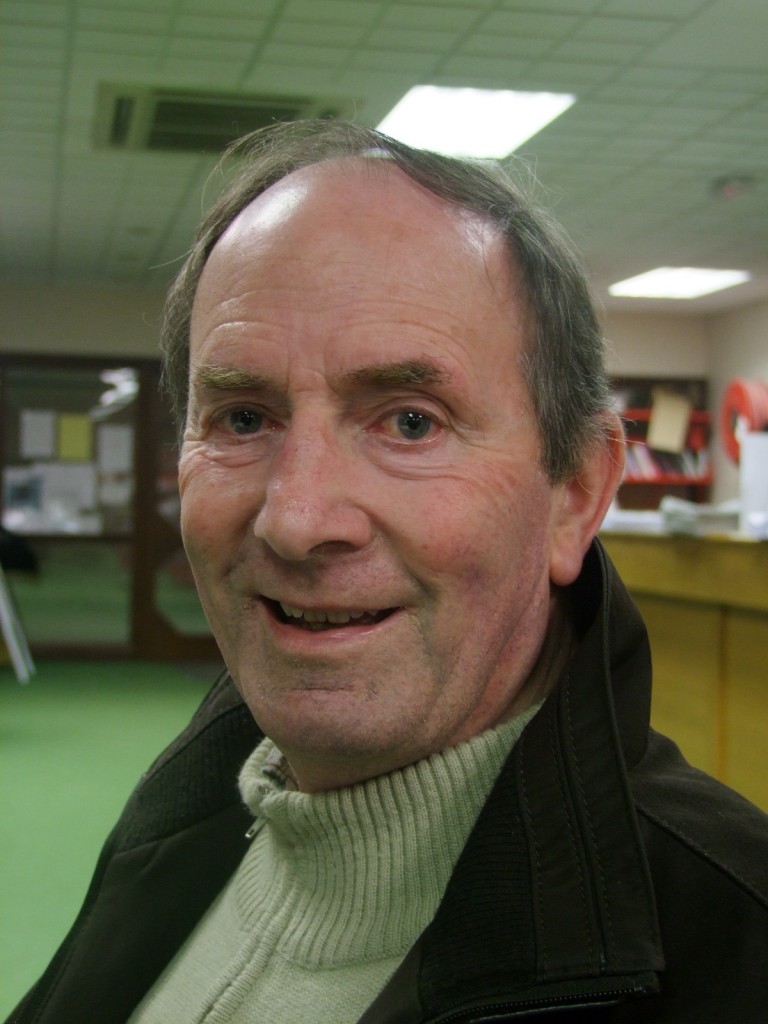
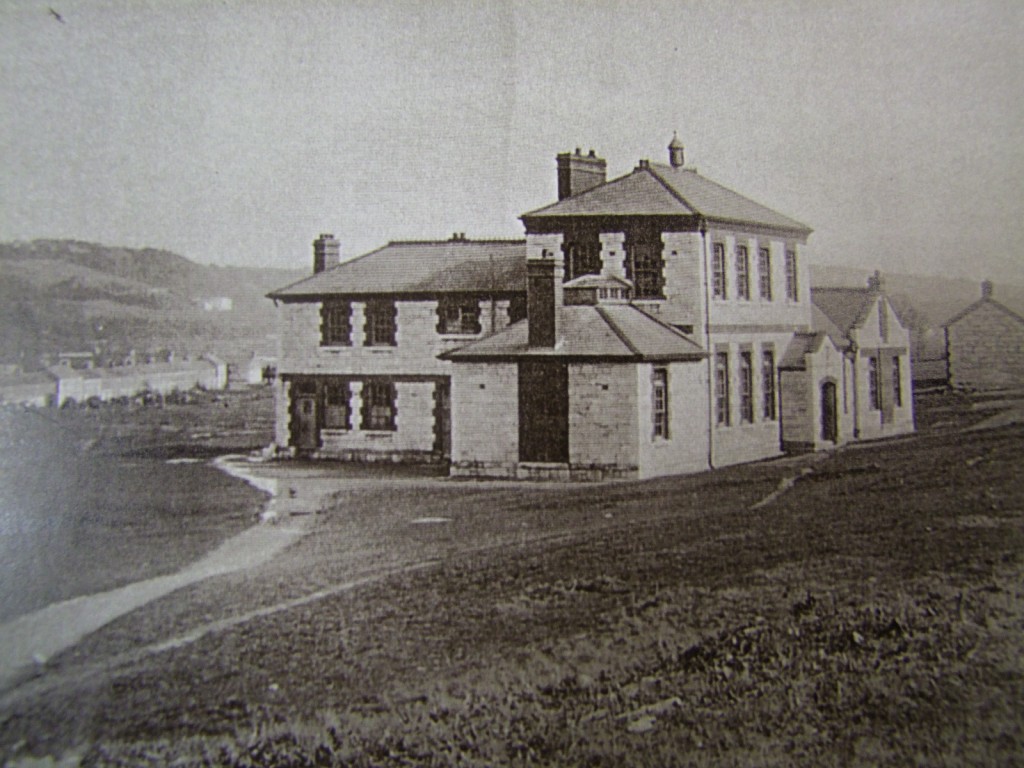
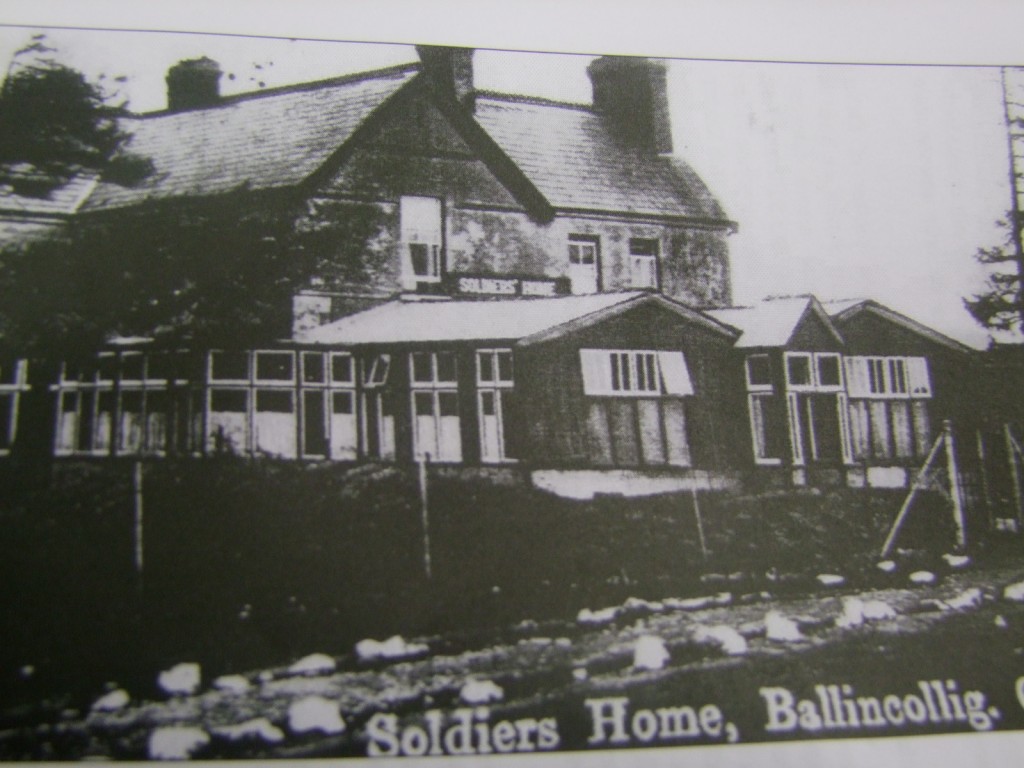



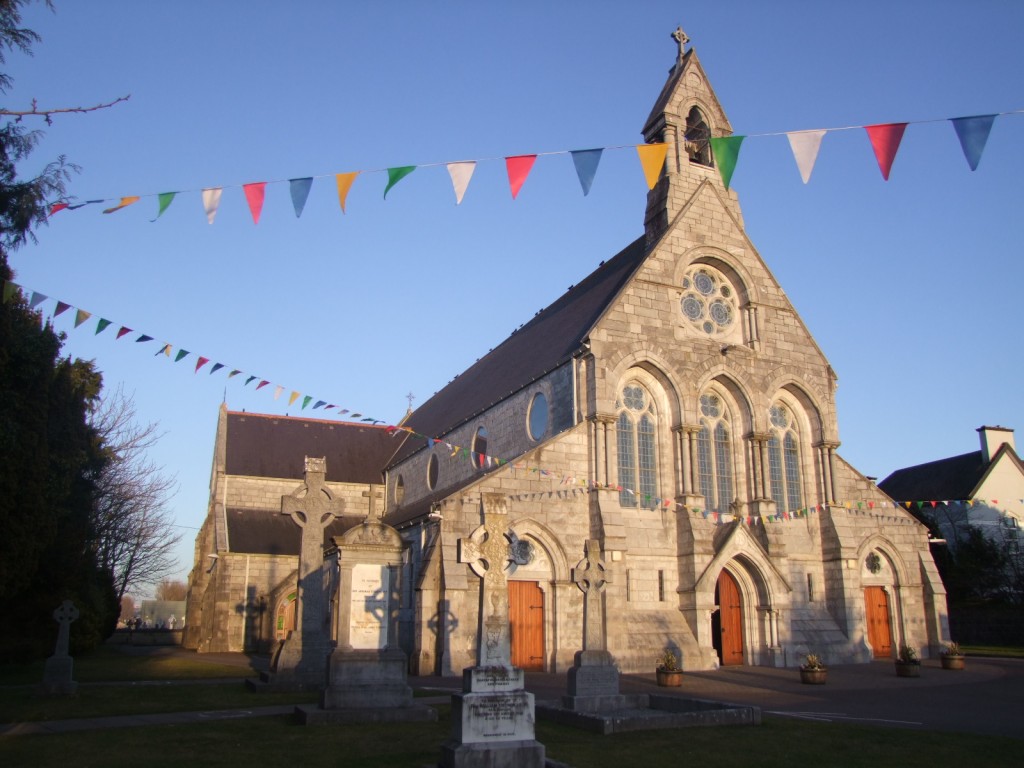

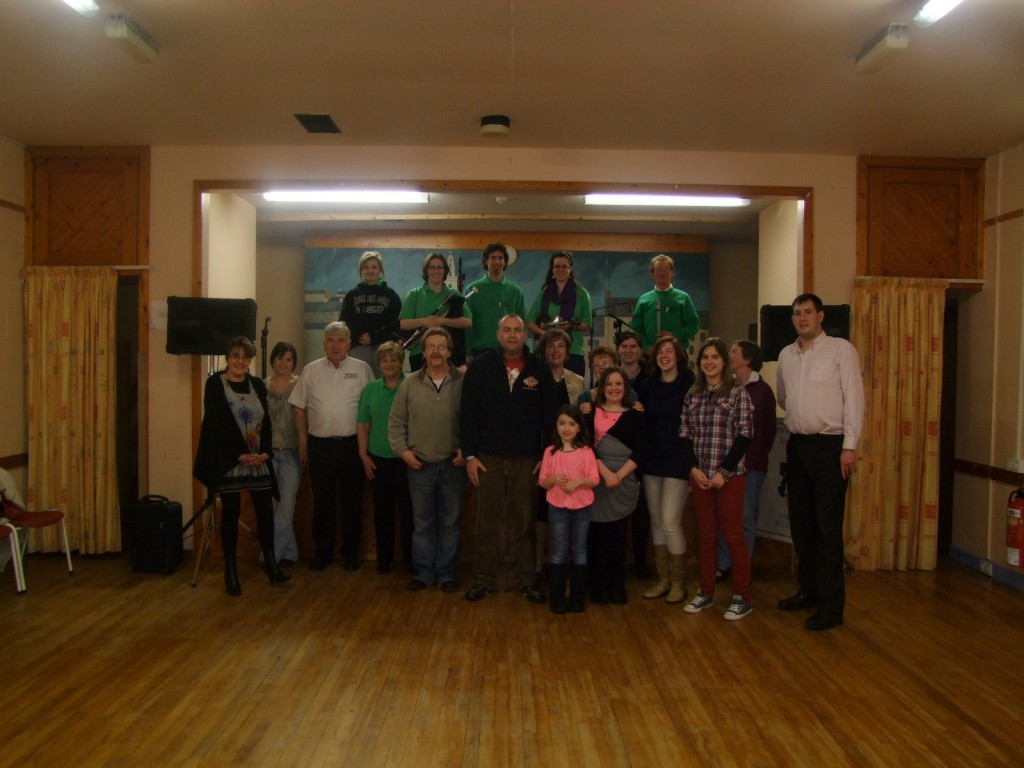
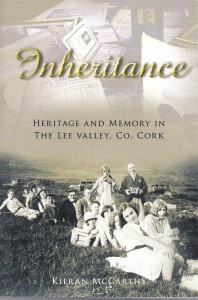 Inheritance, Heritage and Memory in the Lee Valley
Inheritance, Heritage and Memory in the Lee Valley